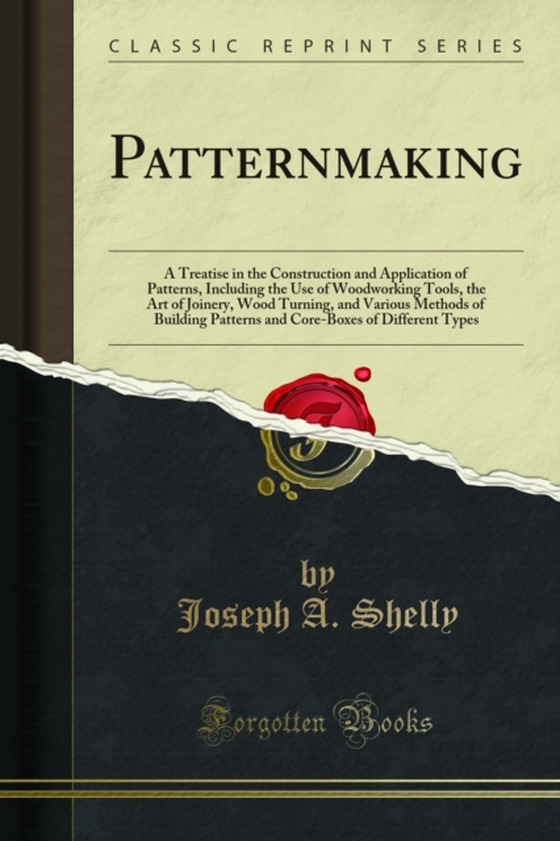
Patternmaking e-bog
85,76 DKK
(inkl. moms 107,20 DKK)
Whilst the greatest effort has been made to ensure the quality of this text, due to the historical nature of this content, in some rare cases there may be minor issues with legibility. This treatise on patternmaking deals, in its Sixteen chap ters, with two general and important subjects which include, first, the principles governing the production of castings by forming suitable molds from pat...
E-bog
85,76 DKK
Forlag
Forgotten Books
Udgivet
27 november 2019
Genrer
TNTC
Sprog
English
Format
pdf
Beskyttelse
LCP
ISBN
9780243773480
Whilst the greatest effort has been made to ensure the quality of this text, due to the historical nature of this content, in some rare cases there may be minor issues with legibility. This treatise on patternmaking deals, in its Sixteen chap ters, with two general and important subjects which include, first, the principles governing the production of castings by forming suitable molds from patterns, and, second, the actual construction of patterns and core-boxes of different types. Since patterns are used to reproduce castings, patternmakers must understand the principles of molding; for this reason, the application of various types of patterns and their relation to the work of the molder have been explained before consider ing the building of patterns. The types of patterns which illustrate different problems in the pattern shop and foundry have been carefully selected, in order to demonstrate every important variation liable to arise in practice. As the con struction of wooden patterns involves considerable skill, espe cially in the art of joinery, the use of hand and power-operated woodworking tools, and the particular classes of work for which they are adapted, are fully described and illustrated. In dealing with the general subject of pattern construction, the idea has been to explain very thoroughly the elements or fundamental features of this work. For instance, much atten tion has been paid to the exact' procedure in the fitting or join ing of different parts, and to the building up and formation of various shapes common to pattern construction, because it was considered more important to explain fully how parts are sawed, chiseled, planed, turned, and fastened together, than to fill the book with miscellaneous and unrelated examples of pattern work. While many examples are included, they have been selected either to illustrate different well-known methods of construction, or the various types of patterns in common use and their application.
 Dansk
Dansk

